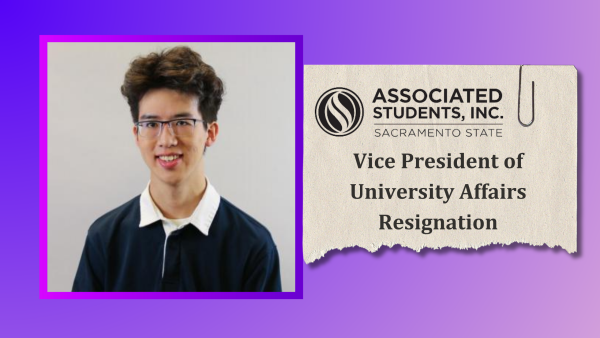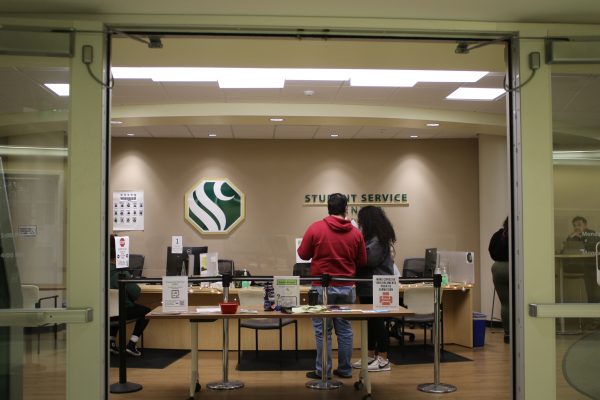Sacramento State’s four-year graduation rate below the norm
September 12, 2012
An increased need to work and decreased class offerings make it difficult for many Sacramento State students to graduate within four years.
Due to increased tuition and financial aid cuts, many students have been forced to look for part or full-time jobs or work more shifts in order to offset Sac State’s rising costs.
Almost 50 percent of graduating seniors in the spring of 2012 reported they worked full-or part-time since their enrollment at Sac State, according to Sacramento State’s Office of Institutional Research.
Government professor Monicka Patterson-Tutschka said many students find it hard to balance working while trying to graduate within four years.
“It’s very difficult for them to be full-time students, pass and be full-time workers, Patterson-Tutschka said. “So they take part-time loads.”
Patterson-Tutschka said not working or relying solely on financial aid to survive is not an option for many students.
“People work because they have to eat and financial aid doesn’t provide all of these things” Patterson-Tutschka said. “A lot of people from here don’t come from families that can just cough up that cash.”
Child development senior Melissa Cable said she has to take an additional semester to graduate is because of her full-time job as a behavioral therapist.
Cable said although her job is helping her pay for tuition, it has also limited the number of classes she can take.
“Some of the classes I would have liked to have taken before I can graduate weren’t available at night, so I really didn’t have an option to take them at all,” Cable said.
English professor Jason Gieger said juggling a full course load and working full-time may be too much for some students to handle.
“I’ve had students work a full-time job and take 18 units and then somewhere within two months they start to fall apart” said Gieger. “There’s a part of me that says I’d rather you take 12 or 13 units and be able to do the work and focus on the class.”
Gieger said students should know their limits and be flexible or risk being overloaded by school and work obligations.
Sac State’s four-year graduation rate of 9.7 percent falls below the California State University average of 14.2 percent and the University of California average of 51.4 percent, according to data from the Postsecondary Education Commission of California.
Only 9 percent of the 2005 freshman class were able to graduate within four years at Sacramento State, according to Sacramento State’s Office of Institutional Research.
Four-year graduation rates for transfer students were also low with 19 percent of students graduating within two years of their initial enrollment in 2007.
The limited class offerings are also a cause of Sac State’s low four-year graduation rate.
Patterson-Tutschka said the budget cuts and decrease in class offerings are a major setback for students trying to graduate within four years.
While some professors have increased their class sizes to accommodate more students, there aren’t enough class sections to meet student demand, Patterson-Tutschka said.
Business senior Amanda Larsen said the cuts in classes have made the competition to get into her required classes much harder.
“I don’t have high enough priority to get into classes that I need” Larsen said. “That poses a problem when it’s a class that every business major needs.”
Larsen said she planned to graduate within two years after transferring from Sierra College, but the lack of class offerings in her major has set her back one or two semesters.
Larsen said she now hopes to graduate next fall or spring.
“It just depends on whether I can get the classes,” Larsen said.
Gieger said although many Sac State students won’t be able to graduate within four years, an extra year or two of college may not be such a bad thing.
While a four-year college education is a reasonable goal, some students take longer to figure out what they want to do after they graduate, Gieger said.
“There should be a place in college to explore and take classes” Gieger said. “The person you were at 17 years old is not the person you are at 20 or 21.”
Patterson-Tutschka said the focus should be more on having a quality education rather than rushing through college in four years, and the faculty cares more about quality and not the need to push people through “like sausage in a factory.”
“We want them to come out with a degree that means something,” Patterson-Tutschka said. “If that takes six years, then so be it.”
Miguel Razo can be reached at [email protected]



































































































































